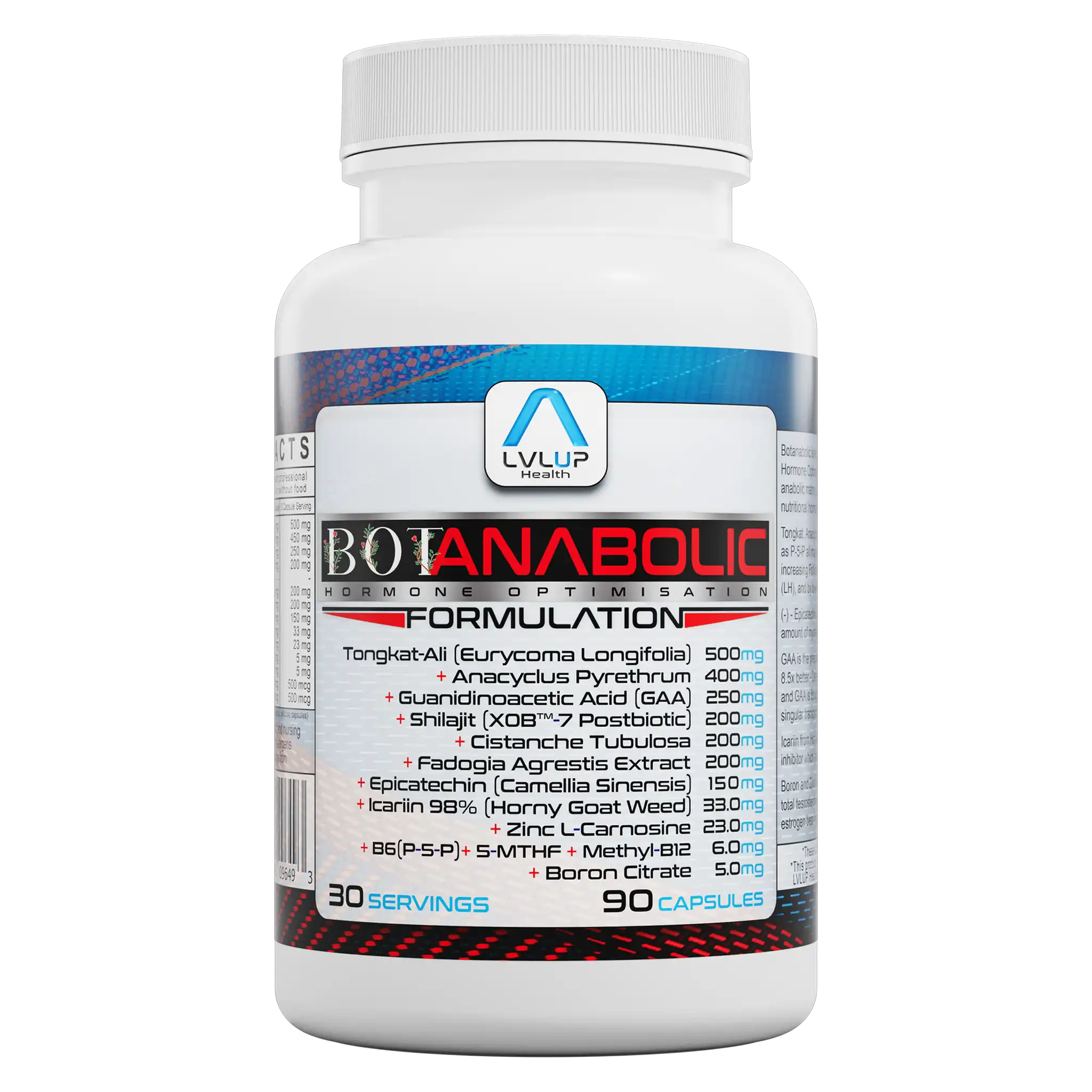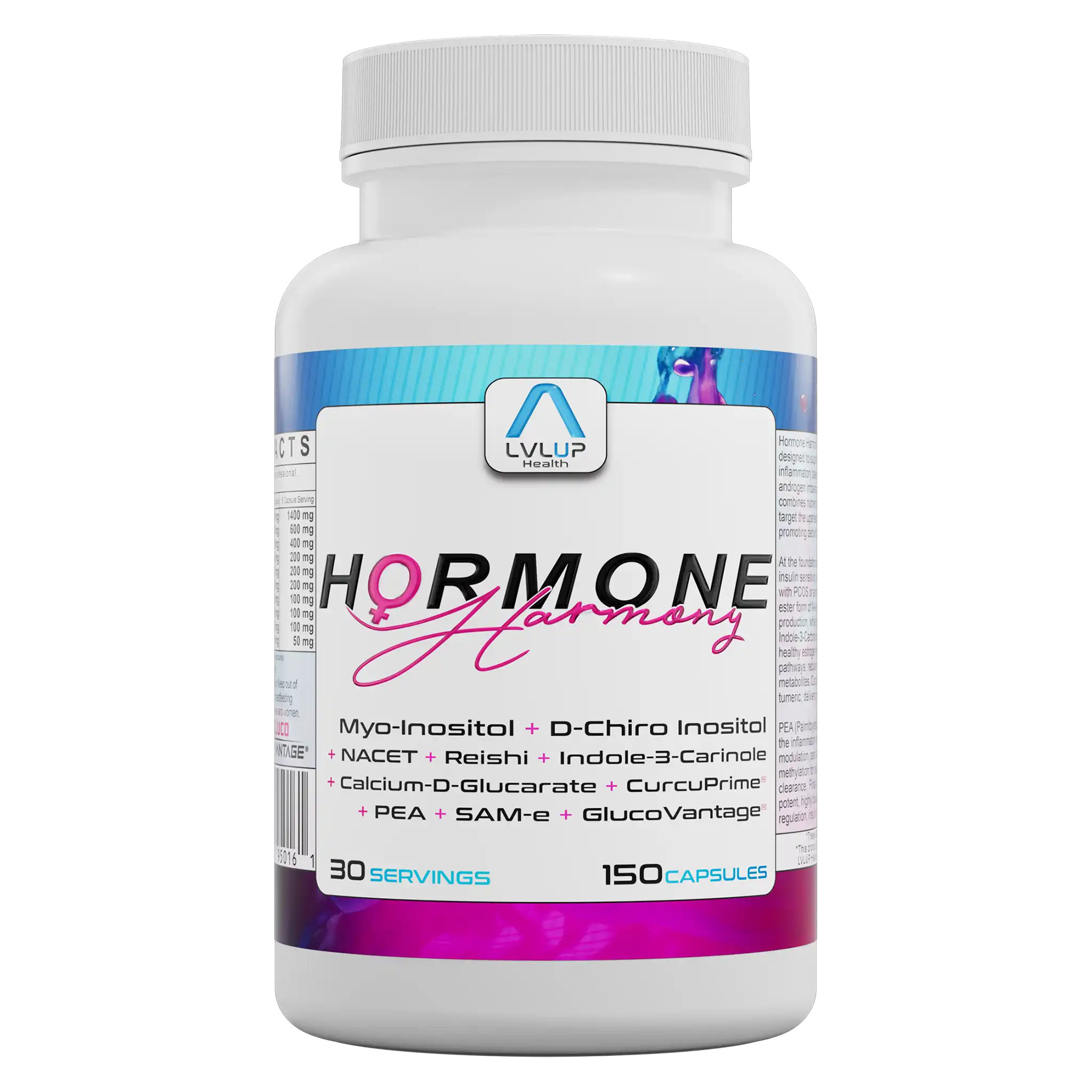Myo-inositol
About Myo-inositol
Presence Across the Body
Myo-inositol shows up across the body – from the brain and liver to your reproductive organs. If you scan a supplement label for hormone support, myo-inositol is a familiar sight. As a close cousin to glucose (though it’s not technically a true sugar), it’s found in fruits, beans, grains, and nuts. Humans also make it naturally, mainly in the kidneys.
Role in Cell Signaling
Its big claim to fame lies in cell signaling – the way cells communicate and respond to hormones like insulin, dopamine, and serotonin. This communication toolkit is essential for everything from blood sugar regulation to ovarian function to mood balance. That’s why myo-inositol has become a go-to among people focused on metabolic health or seeking to nudge their hormonal rhythms into steadier patterns.
Supplement Uses
You’ll see myo-inositol showing up in supplement blends geared toward supporting hormonal harmony, metabolic flexibility, or cognitive performance. In these formulas, it typically works alongside other nutrients that target similar pathways. For example, it’s one of the precision-picked nutrients in Hormone Harmony – an advanced daily formula crafted for people aiming to fine-tune their hormone balance and overall resilience.
Found In
Formulated With
Detailed Information
Structure and Function
Myo-inositol (cis-1,2,3,5-trans-4,6-cyclohexanehexol) functions as a structural basis for many secondary messengers in eukaryotes. Its phosphorylation leads to various phosphoinositides (like PI(4,5)P2) that participate directly in intracellular signaling cascades via G-protein coupled receptors as well as tyrosine kinase-linked pathways. Myo-inositol-derived messengers regulate calcium release from intracellular stores by activating IP3 receptors on the endoplasmic reticulum membrane.
Reproductive Endocrinology
In reproductive endocrinology, myo-inositol modulates FSH signaling and insulin-mediated androgen synthesis within ovarian tissue; its role in restoring physiological insulin sensitivity underpins its utility for metabolic syndrome phenotypes with associated reproductive dysfunctions such as PCOS. Myo-inositol’s neuroactive profile also extends to CNS phosphoinositide signaling controlling neurotransmitter receptor function and influencing neuroplasticity mechanisms implicated in mood regulation.
Absorption and Metabolism
Dietary myo-inositol is absorbed via sodium-dependent transporters mainly within the small intestine. Tissue-specific phosphorylation varies significantly by organ system – with highest rates of conversion observed in brain tissue due to its involvement with synaptic vesicle cycling and osmolyte balance.






